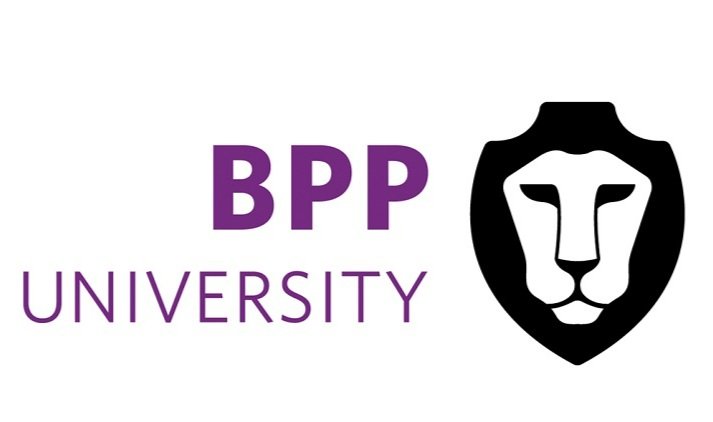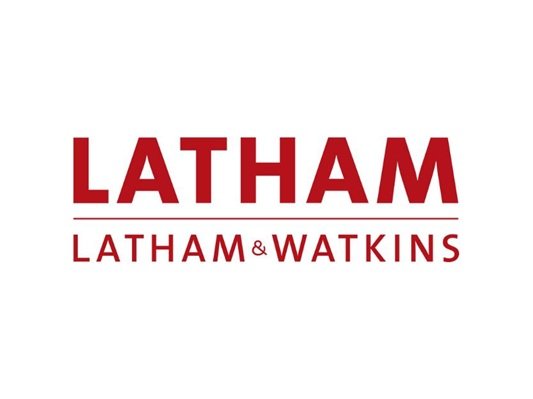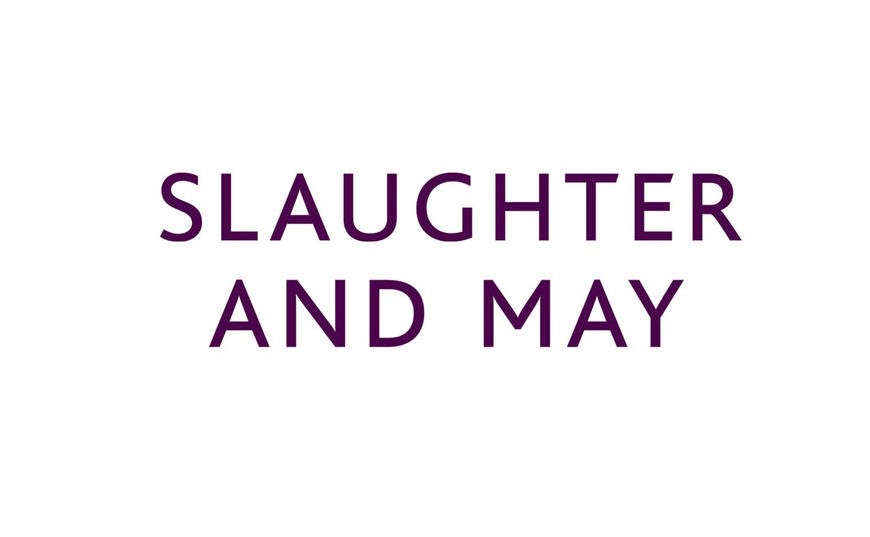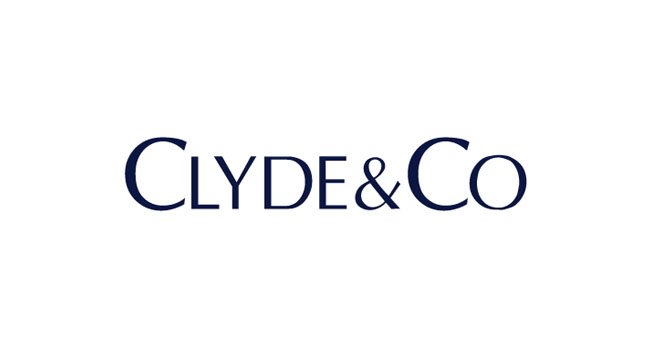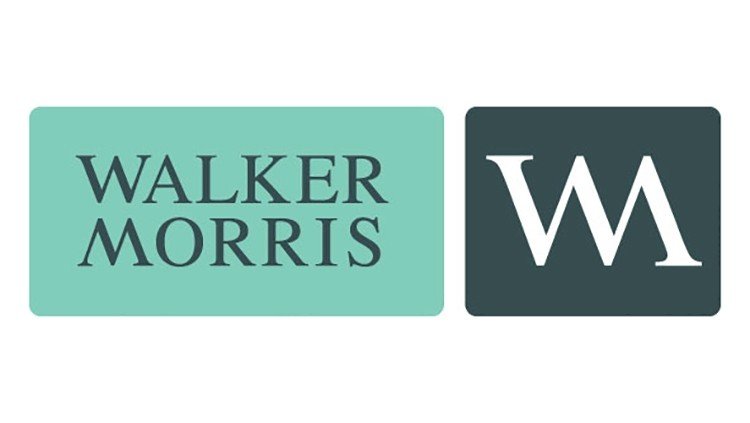Introduction to Private Equity During COVID-19
The private equity industry (PE industry) was indelibly impacted by the seismic economic and societal changes of the COVID-19 pandemic.1
The PE industry depends upon the investment of equity capital in private establishments. Firms will buy, restructure, and aim to create wealth in their funds—increasing profit margins and managing diverse trading assets.2 These projects are focussed on venture capital, growth equity, and buyouts - which essentially range from nascent start-up projects to mature company purchases.3It can often be a long-term process, as returns can often take years to evolve and stabilise, but broadly, this is an industry that is typically received with an influx of lucrative opportunities and partnerships within its public market.4
However, due to the pandemic’s economic downturn- with its poor trade-flow and reactive insolvency fears: the PE industry met with an unprecedented downfall.5 Due to the contingency of an investor’s stake to its interest rate, much of the necessary leverage required to capitalise from an investment was6 with such unseen volatility, insecure rates, and immeasurable longevity the asset landscape was dramatically redefined. I intend to investigate the rolling disruptions of the pandemic in terms of deal restrictions and weakening markets, whilst comparing firms’ positive progress, despite the odds with adaptive strategies and skills. By understanding recent progress trends and some impressions for the future of PE models, we can further identify potential concerns as well as influential growth for this dynamic industry.7
The rolling disruptions of the pandemic
In the pandemic’s wake, PE disruptions can most clearly be aligned with insolvency fears and increased defensive strategies.
Insolvency is a liability in the PE industry– where businesses may come to a state of ‘financial distress…with difficulties to raise new capital through the issuance of equity or debt’.8 Thus, firms and investors often fear signing deals with such credible risks of failure and inaction. Yet during the pandemic, this became especially dislocated by an economic downturn; with the picture in the UK predicated at an 11% shrinkage and decline.9 Certainly, price discovery to close deals halted and became more difficult.10 The crisis made financing acquisitions in debt challenging, and firms had to be mindful of these mitigating risks in short-term liquidity shortfalls.11 Overall, COVID-19 diminished ‘actual and expected sales and profits’ putting downward pressure on profits and reducing the guarantee of new lines of credit.12 With no guarantee for protected investments– insolvency was a critical concern.
The crisis also resulted in the implementation of defensive strategies– with firms focussing solely on their current portfolios as opposed to building new deals and opportunities.13 The liquidity needs of these current assets were a certain way of securing existing benefits without the charge of executing resources in new, unchartered territories.14
It is certain that the pandemic will have long-term effects on the PE industry. With business models, consumer behaviour, and operational consistencies altered– firms are hoping to be better prepared for sustainability in post-pandemic markets.15
An industry of resilience and opportunity - growth despite the odds
However, that is not to say that the industry has not adapted to this landscape. In fact, PE was able to thrive when other industries could not and remained resilient and opportunistic in the face of adversity.16 One of the main responses to the concerns discussed prior, was the growth of smaller deals – specifically ‘buy and build’ acquisitions. In the wake of the pandemic, PE groups actually managed to strike ‘more deals than at any time since 1980, whilst spending far less than usual. In addition, although the total value of PE deals worth more than $10b fell by 47 percent this year, the value of sub $500m deals is up by 9 percent.17 Here, we can identify the industry’s impressive way to adapt, despite irregularities. Smaller deals have enabled growth as banks maintain increased confidence in their loans – with bigger transactions generally seen as too insecure for the current trends. PE is evidently an industry that can defend itself and even prosper in the face of disruption.
Arguably, the pandemic also aided firms in not only preparing for future concerns but also developing their skill sets. One most clearly reflected is their improved agility – firms have been able to move fast because they are fixating on smaller groups of shareholders and sometimes even single investors. There has been an increased direct engagement with each company, specialised knowledge in operational strategy, and productive alignment within management.18 This level of control meant that firms could weather the economic climate whilst generating transformational growth in outreach and mindset.
New worlds: tech & innovation progress
In addition – the adaption to post-pandemic tech focussed investments in PE, demonstrate a new level of innovation and strength in the face of adversity. Although the trends were turbulent, firms began to acquire current valued assets through tech transactions. Rosen, head of PE at Cooley’s London office expects tech funds ‘to increase even further’, with ‘tech verticals set to capitalise on the macroeconomic trends resulting from COVID-19’ – this being the reliance and continuation of increased working from home and reduced travel.19 This optimistic outlook of the shifted business model reflects PE’s propensity to counter difficulties by adeptly approaching the individual client and landscape. Deals could have been shelved or abandoned, yet instead, firms remained deeply transactional and hit their projected targets.
For better or worse – PE and the future?
Private Equity, like so many industries during the pandemic, was struck by this period of unseen volatility. Although it is necessary to identify the difficulties of insolvency fears and subsequent defensive strategies – I would argue that despite opposition, this is a sustainable, adaptive industry – that can manipulate economic lenses to suit each projection, deal, and goal. For example, the buy and build acquisitions reflect a preparation to be on the offense and think sustainably, whilst the change and focus on tech funds/transactions represent a materialised growth mindset to adapt, despite instability.20 With skillsets developing and climates continuing to change - what stands out - is the PE industry’s way of harnessing opportunity. In the long-term, PE will continue to thrive; productive to new strategies as well as those existent—this is an incredibly versatile and strong market.
References:
[1] Peeyush Dalmia, Vivek Pandit, Gaurav Sharma and others ‘A Rolling Disruption: COVID-19’s Implications for Private Equity and Portfolio Companies’ (McKinsey & Company, 16 Sept 2020). <https://www.mckinsey.com/industries/private-equity-and-principal-investors/our-insights/a-rolling-disruption covid-19s-implications-for-private-equity-and-portfolio-companies> accessed 20 Nov 2023. 2 [2] David Snow, ‘Private Equity: A Brief Overview’ (2007) PEI Media <https://www.law.du.edu/documents/registrar/advassign/Yoost_PrivateEquity%20Seminar_PEI%20Media%27s%20Private%20Equity%20- %20A%20Brief%20Overview_318.pdf> accessed 20 Nov 2023.
[3] McKayla Girardin, ‘What Is Private Equity’, (Forage, 10 August 2023) <https://www.theforage.com/blog/careers/private-equity> accessed 6 Nov 2023.
[4] Snow (n 2).
[5] Barnaby Merrill, ‘Private Equity and the Pandemic: What Happened and What Next?’ (The Legal 500, 2021) <https://www.legal500.com/fivehundred-magazine/practice-area-focus/private-equity-and-the-pandemic-what happened-and-what-next/> accessed 16 Nov 2023.
[6] Girardin (n 3).
[7] Kaye Wiggins, ‘Small is Beautiful: Private Equity Adapts to the Pandemic’ (Financial Times, no date). <https://www.google.com/url?sa=t&rct=j&q=&esrc=s&source=web&cd=&ved=2ahUKEwj3uvufhcuBAxV_hf0 HHWPzCyAQFnoECBEQAQ&url=https%3A%2F%2Fchannels.ft.com%2Fen%2Fduediligence%2Fprivate equity-adapts-to-the-pandemic%2F&usg=AOvVaw13Pymsl7NSTrm6SuG0ztJg&opi=89978449. > accessed 10
[8] Alan Parker, ‘The Risks of Insolvency in Venture Capital’ (Berkeley Law, 29 April 2016)
<https://sites.law.berkeley.edu/thenetwork/2016/04/29/the-risks-of-insolvency-in-venture-capital/> accessed 21 Nov 2023.
[9] Merrill (n 5).
[10] Dalmia, Pandit, Sharma, (n 1).
[11] Michael Nicklin, Paul Boltz, Scott Jalowayski, ‘Coronavirus: Private Equity Investing In A Distressed Environment’ (IFLR, 2020) <https://www.gibsondunn.com/wp-content/uploads/2020/05/Nicklin-Boltz Jalowayski-Coronavirus-Private-equity-investingIFLR-in-a-distressed-environment-IFLR-04-23-2020.pdf> accessed 17 Nov 2023.
[12] OECD ‘Insolvency and Debt Overhang Following the COVID-19 Outbreak: Assessment of Risks and Policy Responses’ (OECD, 27 Nov 2020) <https://www.oecd.org/coronavirus/policy-responses/insolvency-and-debt overhang-following-the-covid-19-outbreak-assessment-of-risks-and-policy-responses-7806f078/> accessed 20 Nov 2023.
[13] Michael Flood and Michael Bowman, ‘Article: Private Equity Market Sees Resilience and Opportunity in Face of COVID-19’ (Northleaf, Fall 2020)<https://www.northleafcapital.com/news/article-private-equity-market-sees resilience-and-opportunity-face-covid-19> accessed 21 Nov 2023.
[14] Dalmia, Pandit, Sharma, (n 1).
[15] ibid.
[16] Flood and Bowman (n 13)
[17] Wiggins (n 7).
[18] Ludovic Phalippou, ‘The Good, The Bad and The Ugly: Private Equity and Covid-19’ (University of Oxford, 19 May 2021) <https://www.sbs.ox.ac.uk/oxford-answers/good-bad-and-ugly-private-equity-and-covid-19-0> accessed 12 Nov 2023.
[19] Merrill (n 5).
[20] Flood and Bowman (n 13).
Bibliography:
Dalmia P, Pandit V, Sharma G and others ‘A Rolling Disruption: Covid-19’s Implications for Private Equity and Portfolio Companies’ (McKinsey & Company, 16 Sept 2020)
Flood M, Bowman M, ‘Article: Private Equity Market Sees Resilience and Opportunity in Face of COVID-19’, (Northleaf, Fall 2020).
Girardin M, ‘What Is Private Equity’, (Forage, 10 August 2023).
Merrill B, ‘Private equity and the pandemic: What happened and what next?’ (The Legal 500, 2021).
Nicklin M, Boltz P, Jalowayski S, ‘Coronavirus: Private Equity Investing in a Distressed Environment’ (IFLR, 2020).
OECD, ‘Insolvency and debt overhang following the COVID-19 outbreak: Assessment of risks and policy responses. (OECD, 27 Nov 2020).
Snow D, ‘Private Equity: A Brief Overview, Section one, Introduction’ (2007) PEI Media. Wiggins K, ‘Small is Beautiful: Private Equity Adapts to the Pandemic’, (Financial Times, Supported by Baker McKenzie, no date).
Parker A, ‘The Risks of Insolvency in Venture Capital’ (Berkley Law, 2016). Phalippou L, ‘The Good, The Bad and The Ugly: Private Equity and Covid-19’ (University of Oxford, 19 May 2021).
The Times Money Mentor, ‘How do interest rates affect inflation’ (The Times Money Mentor, 15th Nov 2023) <https://www.thetimes.co.uk/money-mentor/article/uk-inflation-rate-affect-interest figures-ons/#:~:text=means%20for%20you.-
,Does%20higher%20inflation%20mean%20higher%20interest%20rates%3F,high%2C%20inflation%20ten ds%20to%20fall> accessed Nov 6 2023.


